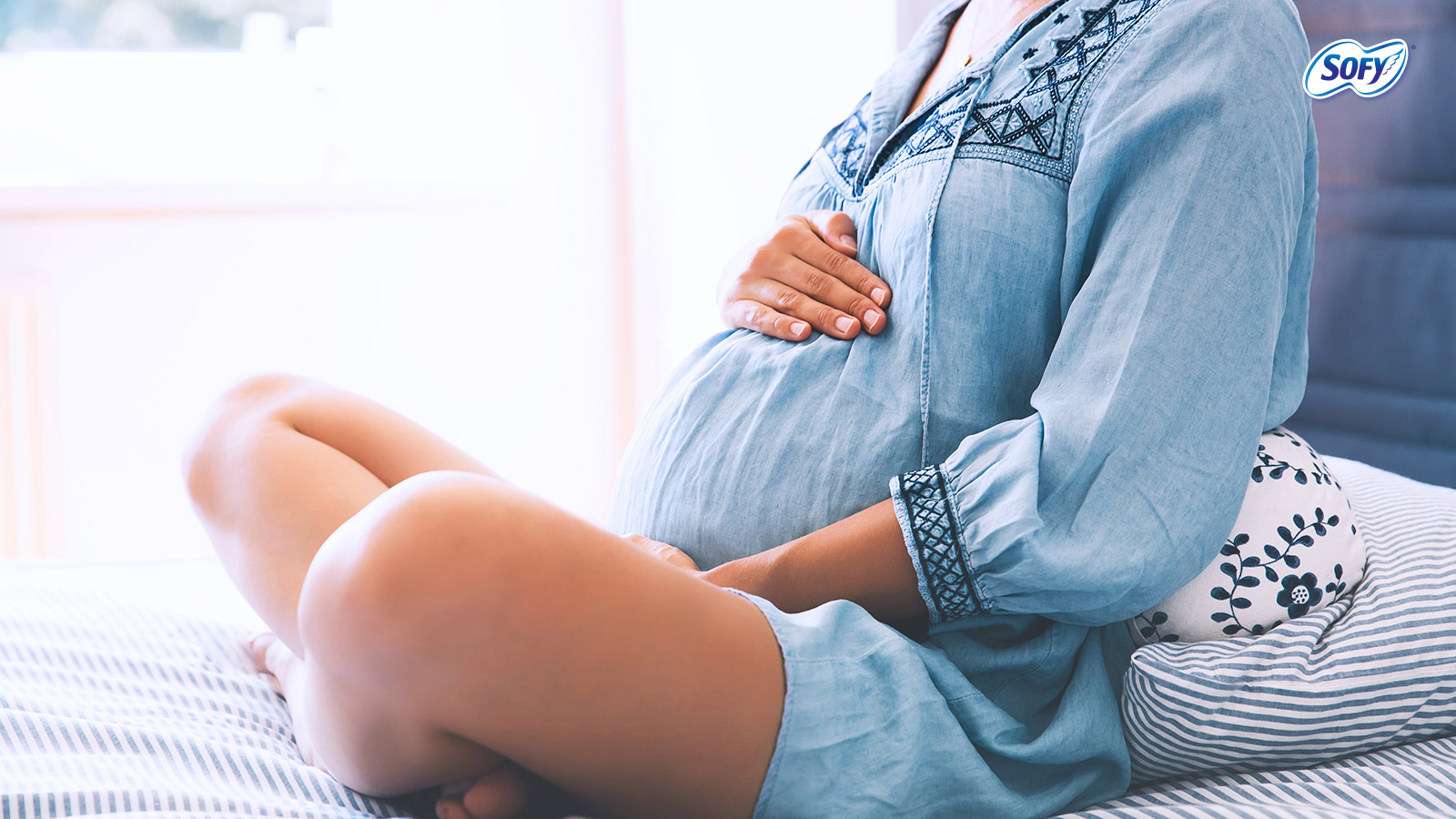Pregnancy brings with it physical changes as well as emotional changes. Spotting during pregnancy is not an uncommon issue and most women experience it. The colour of vaginal spotting is pink, red or dark brown and the discharge happens in traces/drops. It is known for a fact that nearly one-third of pregnant ladies experience pregnancy which does not affect the health of the mother or baby. To know more about the causes of spotting during different semesters of pregnancy, read below:
- Cervical Polyp is a harmless growth on the cervix which starts bleeding if the estrogen levels are higher during pregnancy. The number of blood vessels in the tissue surrounding the cervix increase with increased levels of estrogen which leads to bleeding during pregnancy. The formation of polyps is related with high levels of estrogen, clogging of blood vessels or inflammation of the cervix/uterus/vagina.
- Implantation bleeding is another cause of vaginal spotting during the first few weeks of pregnancy. Bleeding is actually the signal of the implantation of the egg in the lining of the uterus when the fertilized egg has attached itself to the uterine wall. This kind of bleeding is harmless to the body and is usually the first symptom of a pregnancy.
- Miscarriage is also a cause of bleeding during the initial weeks of pregnancy. With a miscarriage, the bleeding happens in red/brown colour which is accompanied with an abdominal pain or cramps. The cases of miscarriage happen within the first 20 weeks and leads to a sudden loss of pregnancy.
- Sexual intercourse is another reason that might lead to vaginal bleeding and there are chances of it happening in the first trimester. The discharge happens because the cervix becomes sensitive and there is an increased blood supply which makes it swollen. It is suggested to consult a doctor if the bleeding persists.
- During the second half of pregnancy, pregnant ladies might witness some bleeding because of preterm labour. If the symptoms of preterm labour are visible before the 37th week of pregnancy, it is suggested to see a physician. Various symptoms that signal preterm labour are vaginal spotting, pelvic/abdominal pressure, backache, stomach cramps and contractions.
- Placental abruption is when the placenta gets torn away from the wall of the uterus. In this case, vaginal bleeding is severe and the health of both the child and the mother is at risk. This condition occurs late in pregnancy and there are a few pregnancy cases during which such a case arises.
Placenta Previa is another condition in which the placenta lies low in the uterus covering the cervix. The factors responsible for this condition are surgeries on the uterus, carrying twins/triplets, previous cesarean birth, etc.
- Ectopic pregnancy is a case when the fertilized egg implants at some other place rather than the uterus — most of the times the fallopian tube. The situation leads to vaginal spotting and the pregnancy stops progressing normally causing a threat to the life of the mother.
- Molar pregnancy is a case when there is an abnormal growth on the placenta which leads to vaginal spotting. Certain symptoms which signal a molar pregnancy are absent fetal heart tones, clusters in the uterus and high hCG levels.
Expecting mothers should visit the doctor if the spotting occurs during the second or third trimester. For a healthy pregnancy and to better the condition of spotting, pregnant ladies should drink sufficient amount of water, limit the physical activities, avoid heavy weight lifting and take enough rest.
FAQ’s
2. Is vaginal spotting normal in early pregnancy?
Yes. One common early-pregnancy cause is implantation bleeding, which happens when the fertilized egg attaches to the uterine lining. This generally causes very light bleeding and is considered harmless.
3. Could vaginal spotting indicate a miscarriage?
Spotting can sometimes be a sign of a miscarriage, particularly in the first 20 weeks. In such cases, the spotting may be accompanied by abdominal cramps or pain, and the bleeding may appear red, brown, or clotted.
4. Why might sex cause spotting during pregnancy?
During pregnancy, the cervix becomes more sensitive and has increased blood flow. Sexual intercourse can irritate the cervix or cause minor trauma, leading to light bleeding or spotting — especially in the first trimester.
5. Is spotting ever a sign of preterm labour?
Yes. Spotting in the second half of pregnancy, before the 37th week, may be linked to preterm labour. Other warning signs include pelvic or abdominal pressure, backache, cramps, and contractions.
6. What is placental abruption, and how does it relate to spotting?
Placental abruption occurs when the placenta detaches (partially or fully) from the uterine wall before delivery. This can cause severe bleeding, which is more than mere spotting, and poses risks to both the mother and baby.
7. What does ‘placenta previa’ mean, and can it cause spotting?
Placenta previa is a condition where the placenta lies very low in the uterus, sometimes covering the cervix. This position can lead to vaginal bleeding or spotting, especially as the cervix starts to change or thin.
8. Could an ectopic pregnancy cause spotting?
Yes. In ectopic pregnancy — where the fertilized egg implants outside the uterus, usually in the fallopian tube — spotting or light bleeding may be a symptom. This is a serious condition and requires medical attention.
9. What is a molar pregnancy, and how does it lead to spotting?
A molar pregnancy involves an abnormal growth of placental tissue. This may cause spotting or bleeding, often accompanied by other signs such as unusually high hCG levels, absent fetal heart tones, or clusters seen in the uterus.
10. When should I see a doctor about spotting in pregnancy?
You should consult a physician if spotting occurs in the second or third trimester, or if it comes with pain, cramps, heavy bleeding, or other worrying symptoms. Also, reduce physical exertion, drink plenty of water, and rest until you have medical clarity.

